How To Change Hydrangea Color: Expert Tips For Colorful Blooms
Can you change the color of hydrangea flowers? Yes, and it's actually easy! Find out how to go from pink to blue and back again.

Amy Draiss
While the grass is always greener on the other side, it seems the hydrangea color in the yard next door is always the color you want but do not have. Not to worry! It is possible to change the color of hydrangea flowers. If you have been wondering, how do I change the color of a hydrangea, keep reading to find out.
Why Hydrangea Color Changes
After you have decided that you want to make your hydrangea change color, it is important to understand why hydrangea color can change.
The color of a hydrangea flower depends on the chemical makeup of the soil it is planted in. If the soil is high in aluminum and has a low pH, the hydrangea flower will be blue. If the soil has either a high pH or is low on aluminum, the hydrangea flower color will be pink.
In order to make a hydrangea change color, you have to change the chemical composition of the soil it grows in.
How to Make Hydrangeas Blue
More often than not, people are looking for information on how to change color of hydrangea flowers from pink to blue. If your hydrangea flowers are pink and you want them to be blue, you have one of two issues to fix. Either your soil is lacking in aluminum or your soil's pH is too high and the plant can't take up the aluminum that is in the soil.
Before starting a blue hydrangea color soil treatment, have your soil around the hydrangea tested. The results of this test will determine what your next steps will be.
If the pH is above 6.0, then the soil has a pH that is too high and you need to lower it (also known as making it more acidic). Lower the pH around the hydrangea bush by either spraying the ground with a weak vinegar solution or using a high acid fertilizer, like those made for azaleas and rhododendron. Remember that you need to adjust the soil where all the roots are. This will be about 1 to 2 feet (30 to 60 cm.) beyond the edge of the plant all the way into the base of the plant.
Gardening tips, videos, info and more delivered right to your inbox!
Sign up for the Gardening Know How newsletter today and receive a free copy of our e-book "How to Grow Delicious Tomatoes".
If the test comes back that there is not enough aluminum, then you need to do a hydrangea color soil treatment that consists of adding aluminum to the soil. You can add aluminum sulfate to the soil but do so in small amounts through the season, as this can burn the roots.
How to Make Hydrangeas Pink
If you would like to change your hydrangea from blue to pink, you have a more difficult task ahead of you but it is not impossible. The reason that turning a hydrangea pink is more difficult is there is no way to take the aluminum out of the soil. The only thing you can do is try to raise the pH of the soil to a level where the hydrangea bush can no longer take in the aluminum. You can raise the pH of the soil by adding lime or a high phosphorus fertilizer to the soil over the area where the hydrangea plant's roots are. Remember that this will be at least 1 to 2 feet (30 to 60 cm.) outside the edges of the plant all the way into the base.
This treatment may need to be repeated to get the hydrangea flowers to turn pink and once they do turn pink, you will need to continue doing this hydrangea color soil treatment every year for as long as you want pink hydrangea flowers.

Heather Rhoades founded Gardening Know How in 2007. She holds degrees from Cleveland State University and Northern Kentucky University. She is an avid gardener with a passion for community, and is a recipient of the Master Gardeners of Ohio Lifetime Achievement Award.
- Amy DraissDigital Community Manager
-
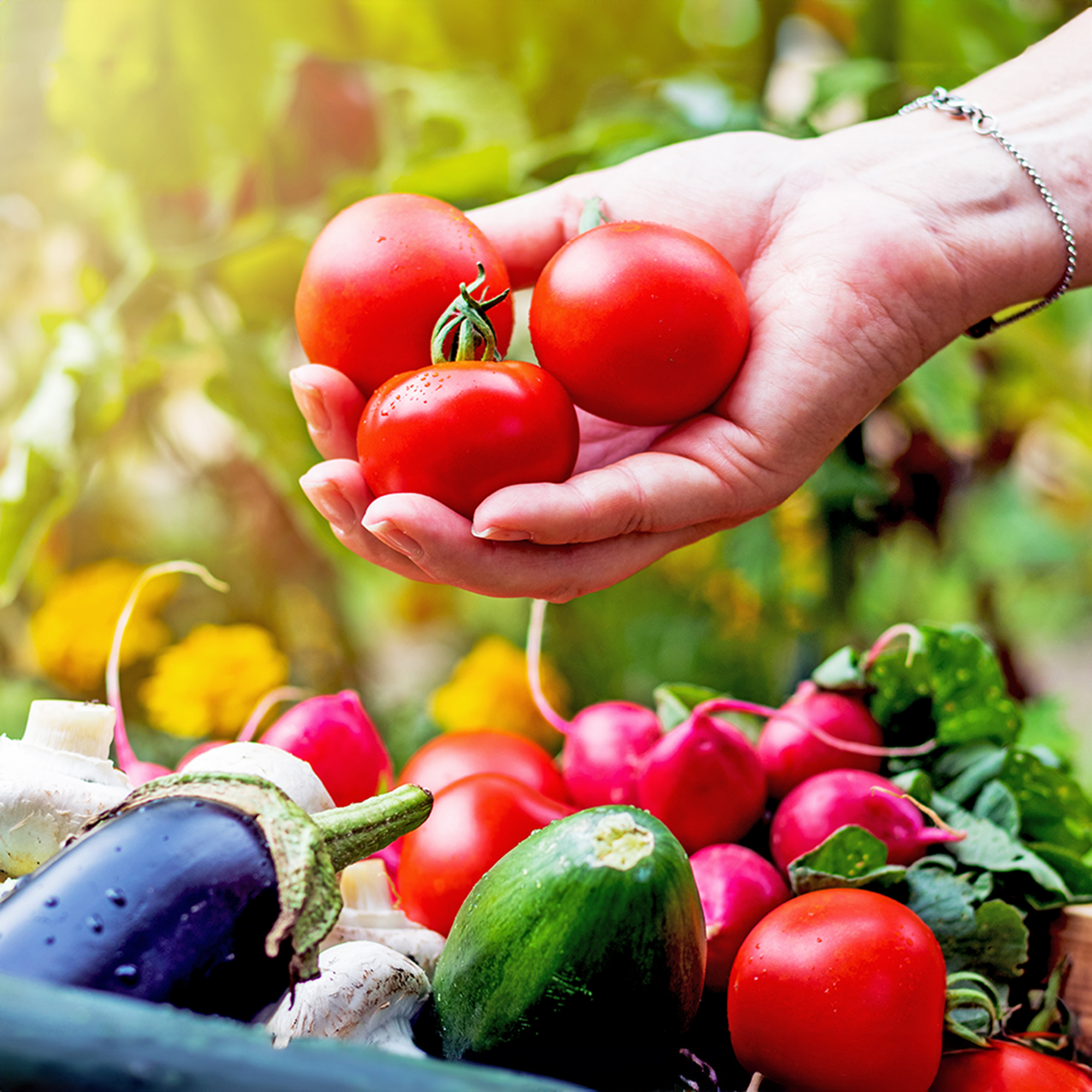 What Not To Plant With Tomatoes: 8 Bad Neighbors That Could Ruin Your Harvest
What Not To Plant With Tomatoes: 8 Bad Neighbors That Could Ruin Your HarvestNot all companion plants are beneficial – some can sabotage your tomatoes. Find out which ones to keep at a safe distance in the garden.
-
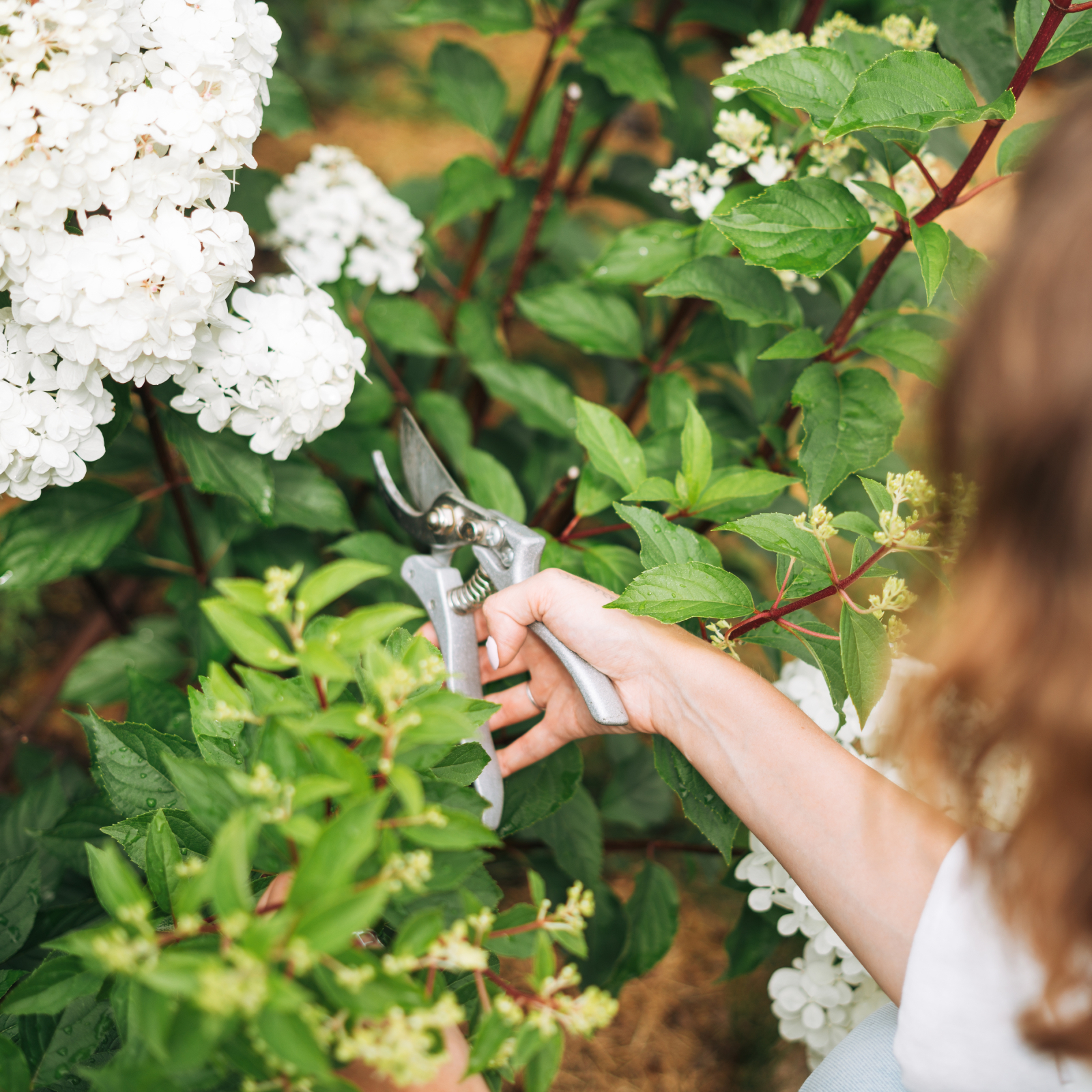 Pruning Limelight Hydrangea Bushes For Bigger Blooms & Stronger Plants
Pruning Limelight Hydrangea Bushes For Bigger Blooms & Stronger PlantsPruning 'Limelight' hydrangea will benefit the shrub. Flowers will be more bountiful the next year and branches will be stronger. Learn how and when to prune.
-
 Pruning Limelight Hydrangea Bushes For Bigger Blooms & Stronger Plants
Pruning Limelight Hydrangea Bushes For Bigger Blooms & Stronger PlantsPruning 'Limelight' hydrangea will benefit the shrub. Flowers will be more bountiful the next year and branches will be stronger. Learn how and when to prune.
-
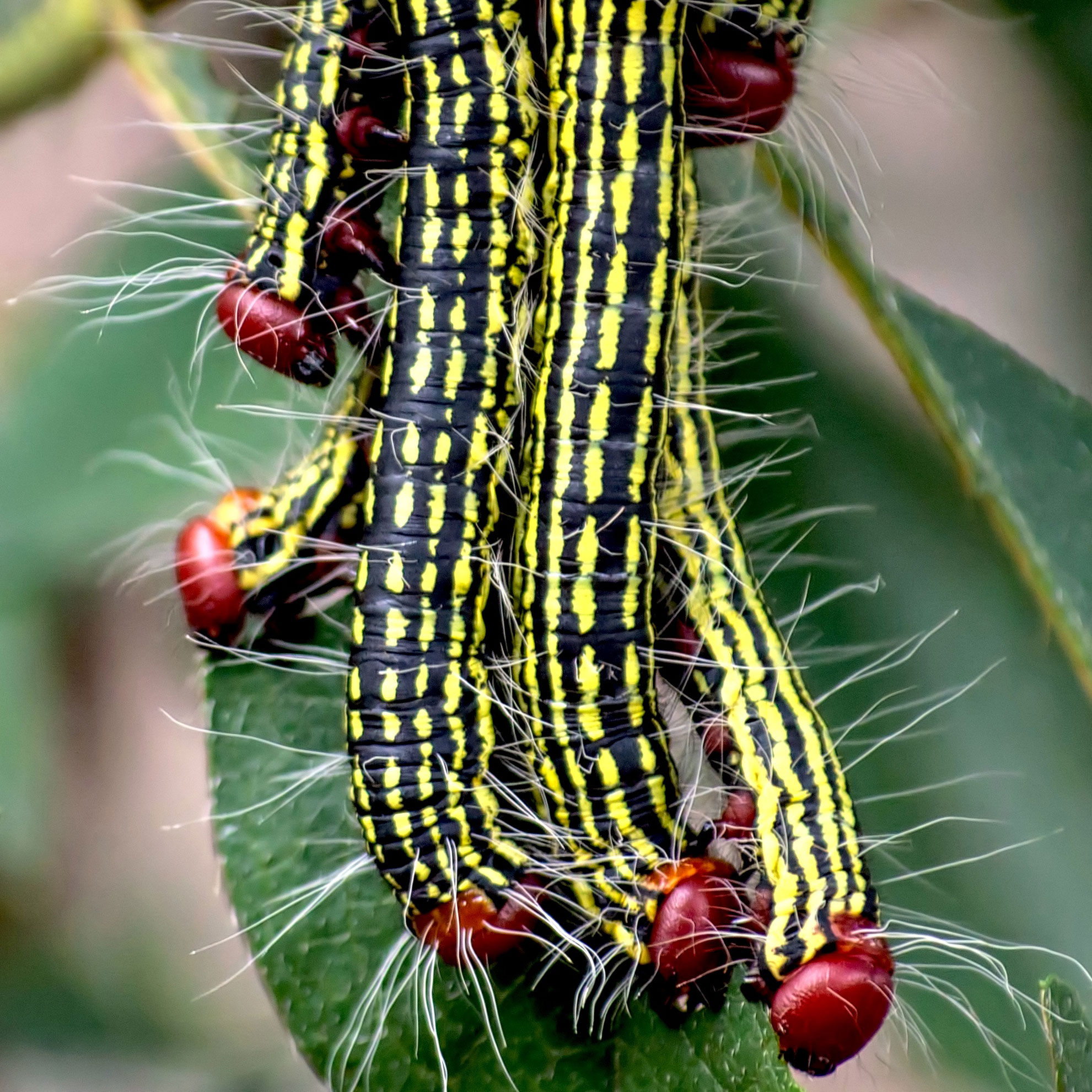 What’s Wrong With Your Azaleas? Identify, Tackle And Prevent 6 Common Azalea Pests
What’s Wrong With Your Azaleas? Identify, Tackle And Prevent 6 Common Azalea PestsIf you’ve spotted signs of azalea leaf damage, don’t panic – here’s how to identify the most common azalea pests so you can take action swiftly and keep plants healthy
-
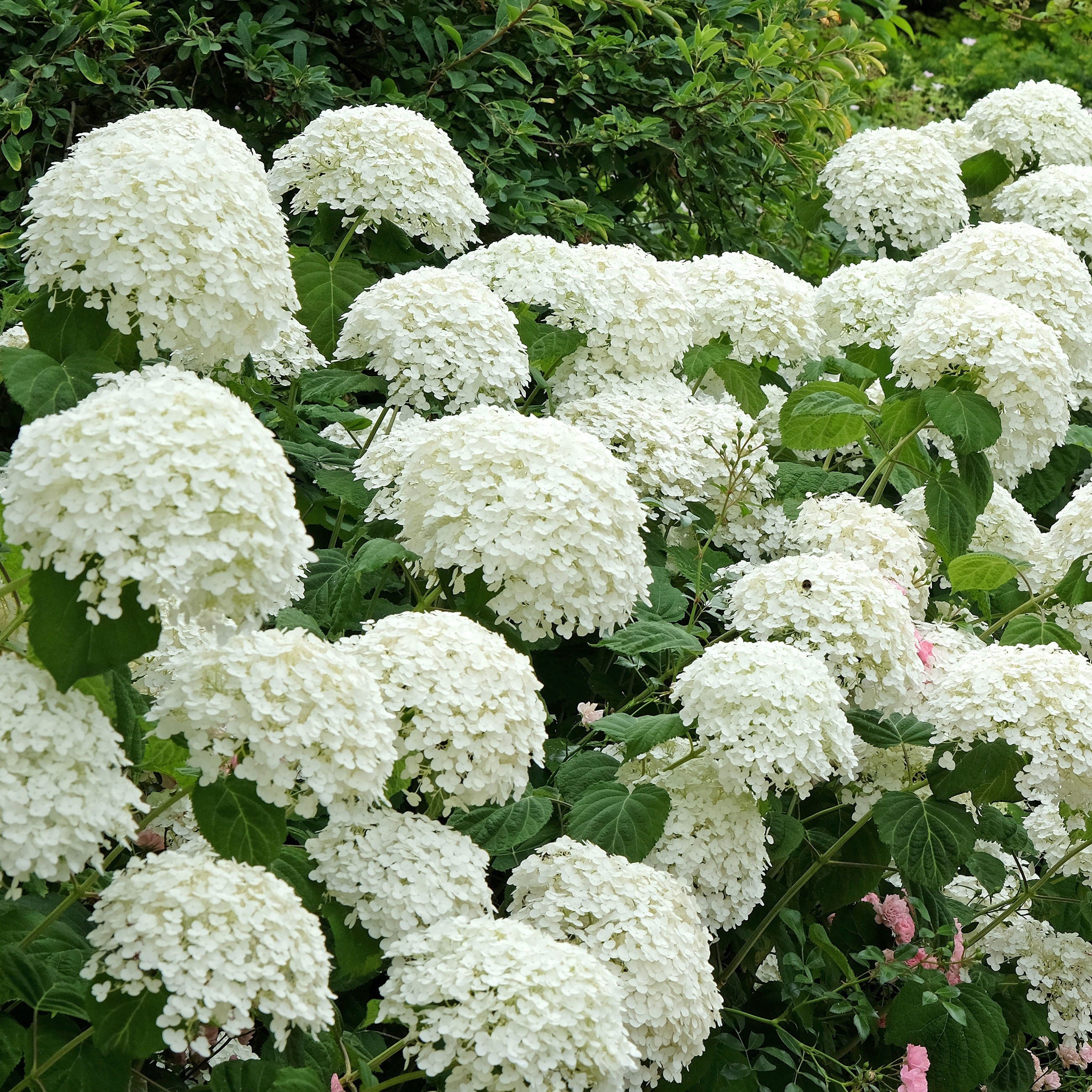 Native Hydrangea Varieties In North America – 8 Sensational Smooth And Oakleaf Varieties For Hardy Blooms And Multi-Season Beauty
Native Hydrangea Varieties In North America – 8 Sensational Smooth And Oakleaf Varieties For Hardy Blooms And Multi-Season BeautyHydrangeas are beloved for their enduring visual dynamics – but if you go native, they’re even better. Here are the most captivating native hydrangea varieties you can grow
-
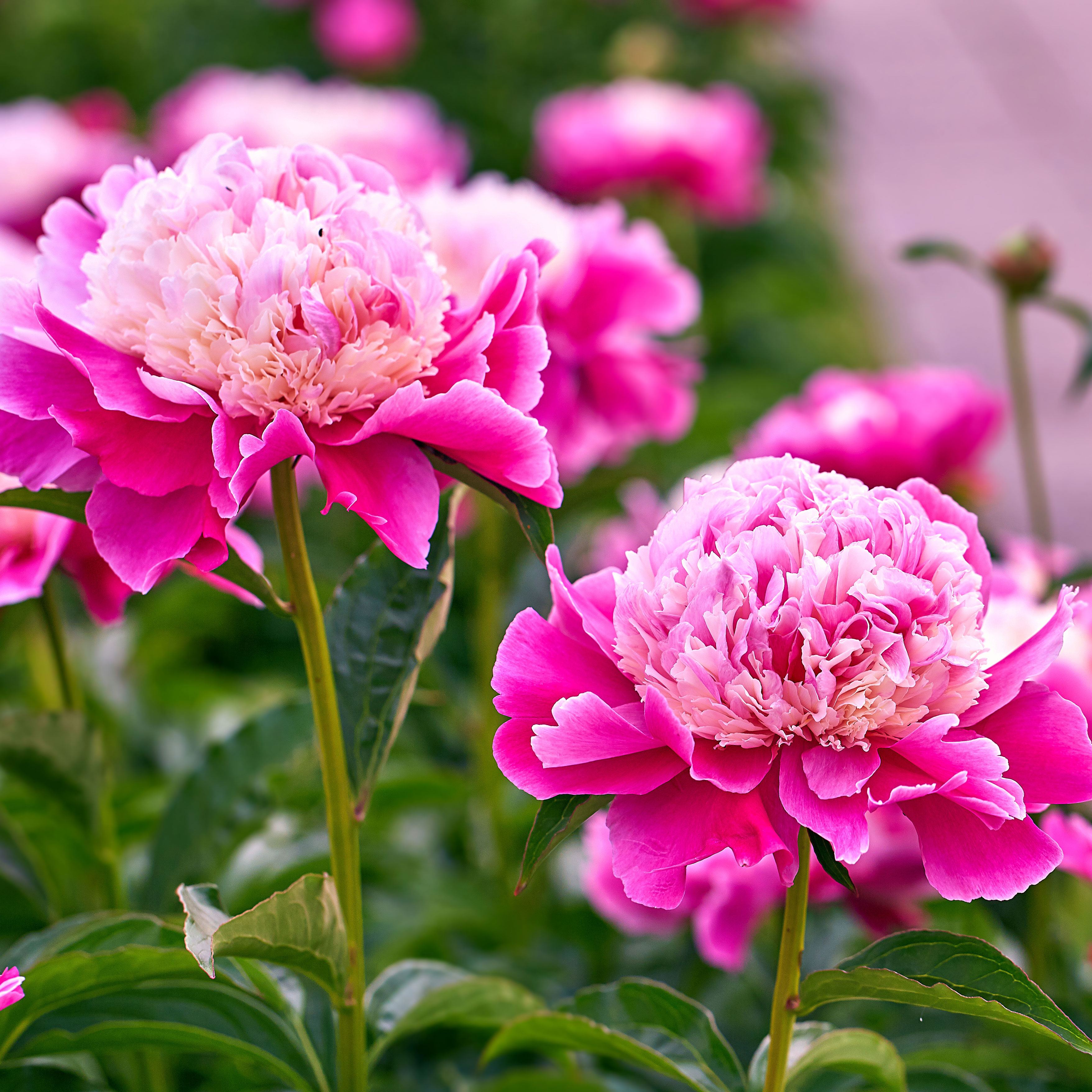 Grow These 8 Pretty Peony Colors To Include In Your Garden For A Spectacular Spring Rainbow
Grow These 8 Pretty Peony Colors To Include In Your Garden For A Spectacular Spring RainbowThere are as many shades of peony as there are types of garden – each more gorgeous than the last. Discover some of the most exhilarating peony colors for your yard
-
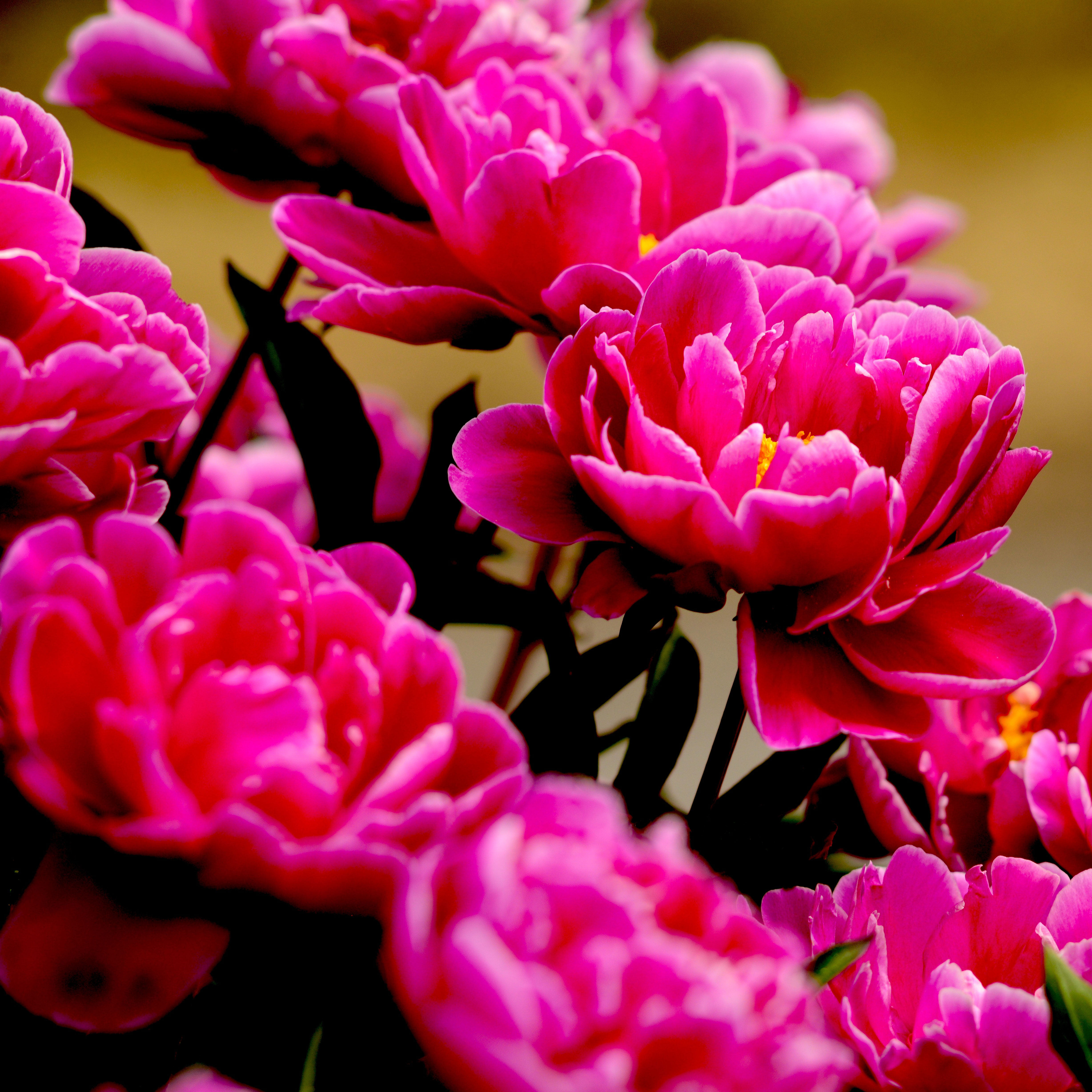 Grow ‘Karl Rosenfield’ Peony Plants For The Ultimate Frilly Border Beauties And Cut Flowers
Grow ‘Karl Rosenfield’ Peony Plants For The Ultimate Frilly Border Beauties And Cut FlowersFor frilly double magenta peony petals infused with a heady fragrance, grow ‘Karl Rosenfield’ peony plants. Here’s how to cultivate the ultimate plushy blooms
-
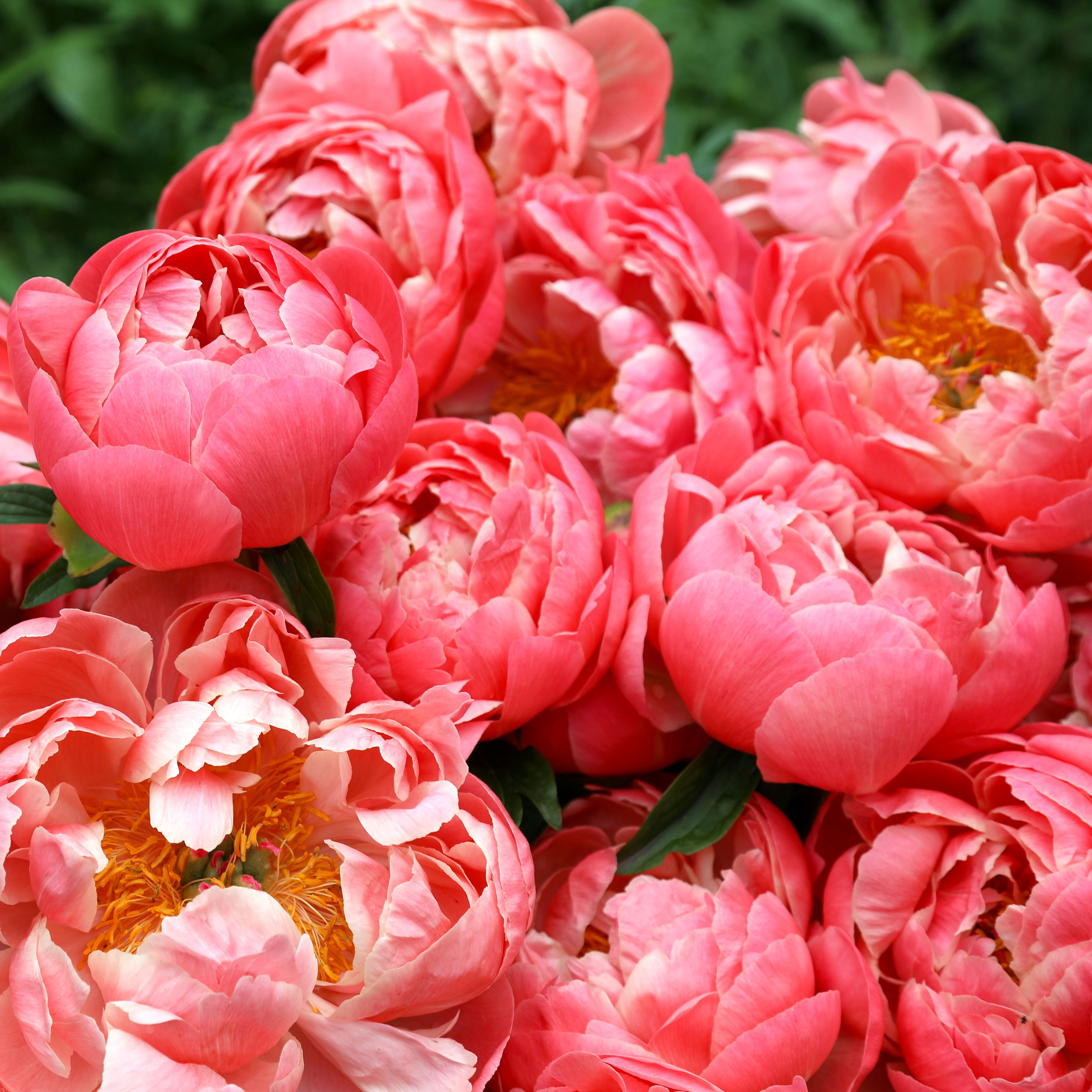 ‘Coral Charm’ Peony Care For Sublime Semi-Double Peonies With Lush Salmon Pink Flowers
‘Coral Charm’ Peony Care For Sublime Semi-Double Peonies With Lush Salmon Pink FlowersPeonies are known for their soft baby pink or magenta tones, but if plushy coral blooms are your thing, here’s our guide to the ultimate ‘Coral Charm’ peony care
-
 Want The Longest Lasting Hydrangea Flowers? Grow These 8 Panicle Hydrangea Varieties
Want The Longest Lasting Hydrangea Flowers? Grow These 8 Panicle Hydrangea VarietiesFor ornamental shrubs that deliver the longest flowering seasons with plush blooms and delicate hues, these panicle hydrangea varieties are essential in your yard
-
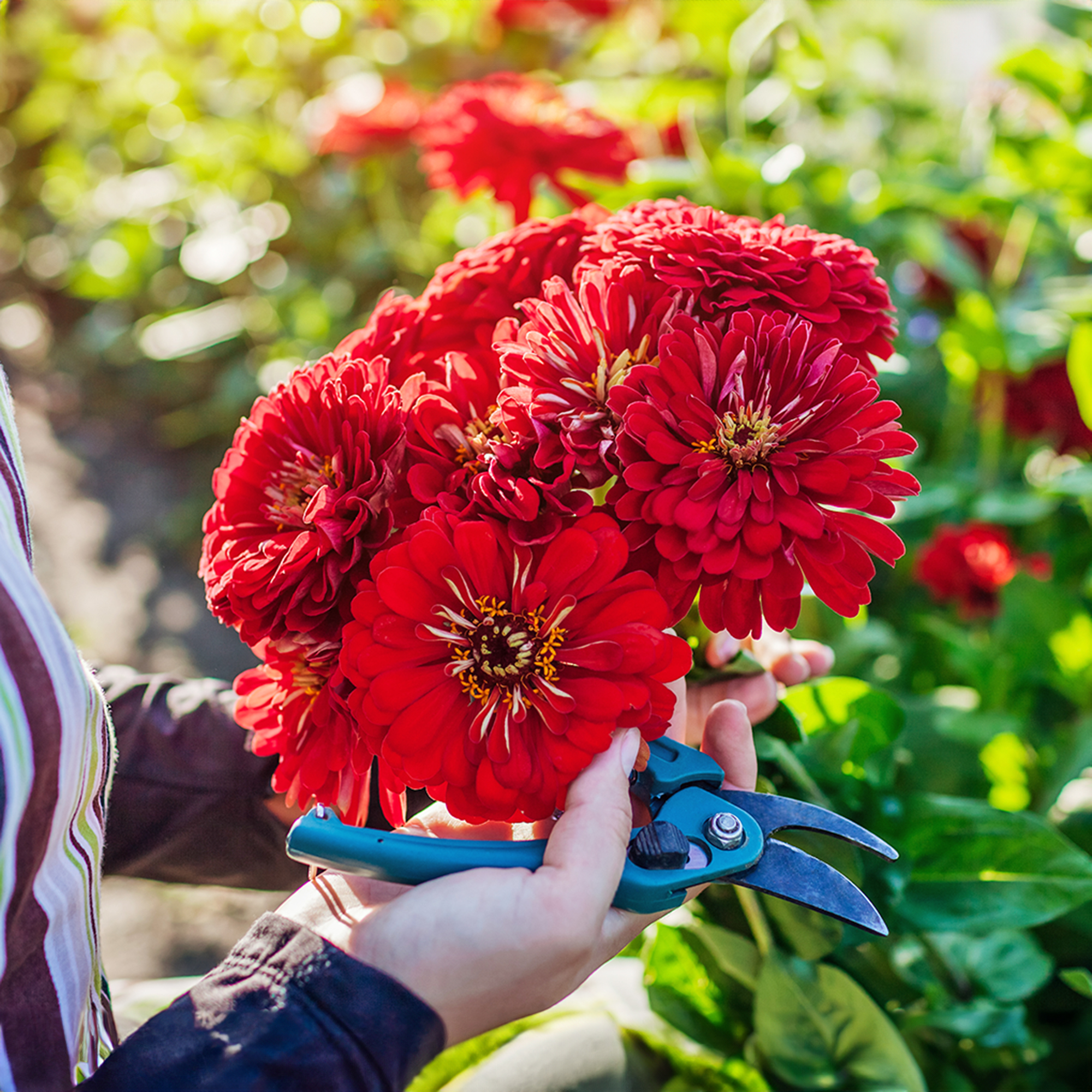 Zinnias On Repeat: 10 Glorious Cut-And-Come-Again Varieties For Endless Summer Bouquets
Zinnias On Repeat: 10 Glorious Cut-And-Come-Again Varieties For Endless Summer BouquetsThese zinnia varieties keep giving all summer, making them the perfect choice for dedicated cutting gardens – or just the occasional homegrown bouquet.